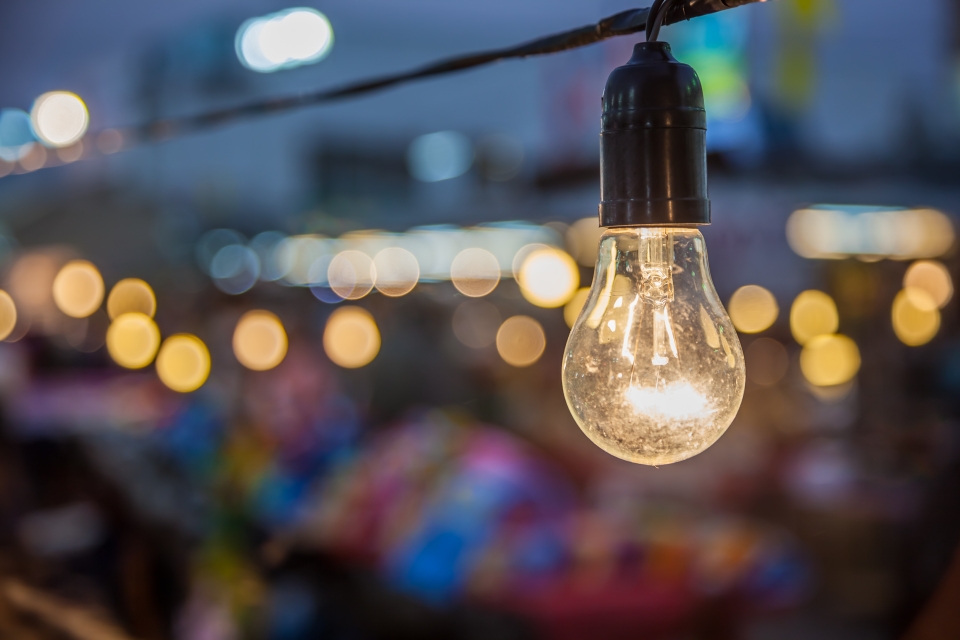Smart Lighting Systems Spur on Utilizing New Tech
2021/01/11 | By EDNA growing global lighting industry, economy, population, and urbanization are all closely tied to energy consumption demand. For example, stable economic growth and urbanization will prompt office buildings, factories, service industry, and residential buildings. Increasing night-time activity is also correlated to a favorable financial situation, meaning lightning demand will also increase.
However, in recent years, the global economy has struggled amid an increasingly competitive market. The global situation was hit with another challenge with the COVID-19 pandemic last year. While countries are already distributing the vaccine, vaccination rates appear to be unfavorable, making short-term developments in the pandemic situation less optimistic.
With the many public restrictions still in place, ITRI IEK Consulting expert Huang Meng-chiao says the lighting LED industry has seen a decline in demand. Huang expects the 2020 global lighting industry to decline by approximately 7%.
While impacted by the pandemic, Huang says there could be energy buoying LED lighting. Long-term prospects appear to be more favorable as governments are enacting stricter policies regulating lighting consumption. For example, the European Union's abolishment of the EU 874/2012 regulation will come into enforcement on Sept. 1 this year, subsequently replaced by the 2019/2015 New Energy Labeling regulations. With a favorable environment for stable LED growth, Huang expects LEDs to surpass 80% in market share by 2026.
The LED lighting industry has reached a bottleneck of sorts with aggressive promotion and competitive pricing, though OLED technology's future will likely heighten the benchmark for market entry. Lighting industry firms must be able to embrace integrative LED light bulbs, IoT lighting systems, lighting management systems, and LaaS models with the advent of smart cities and IoT trends.
Technologies such as smart drivers, sensors, communication modules, networking, connectivity, security measures, and integrative technologies will become the next areas seeing considerable investment and development under the smart lighting trend.
As smart lighting requires integrating technologies from different fields, Huang emphasized that lighting suppliers must consider strategic alliances or partnerships with related companies to be able to design and manufacture for the smart industry.
With the future of IoT and smart cities on the horizon, Huang expects to see more innovative suppliers connecting lighting as a network hub, becoming the main medium for smart cities and architecture. Future smart lighting products will become more diversified than generic applications in the past, including categorization for residential, commercial, and industrial applications.


